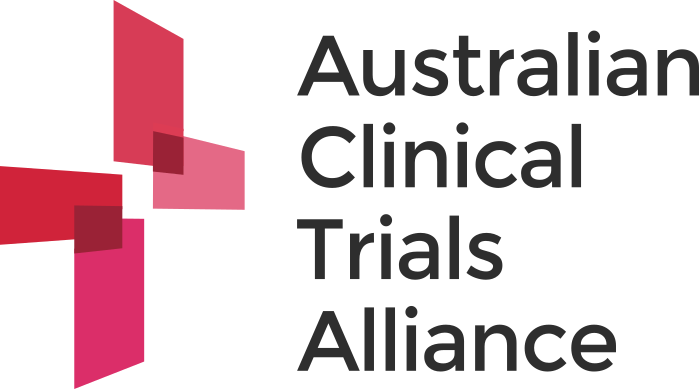To facilitate the conduct of comparative effectiveness trials (CETs), ACTA has conducted a project to develop more proportionate, risk-adjusted approaches to consent.
We have produced a discussion paper that describes how consent could be better integrated into clinical care. The discussion paper was informed by a feasibility report that confirms the National Statement both permits and encourages a flexible approach to consent, so that participant information sheets address variations in the needs or characteristics of potential trial participants.
To illustrate integrated consent, we have developed an example participant information sheet template which can be adapted for use in other studies. We sincerely thank everyone who has been involved in creating these resources.
This work was presented during a webinar on 28 July 2021, where ACTA, Tanya Symons, A/Prof Steven Tong and consumers shared their work on applying a simplified (integrated) consent approach in the context of low-risk clinical trials. They discussed why a one-size-fits-all approach to obtaining clinical trial consent presents challenges, particularly for low-risk, pragmatic comparative effectiveness trials.
Resource Documents
ACTA Discussion Paper: integrated consent – a tiered approach to consent for comparative effectiveness trials

ACTA Integrated Consent User Guide and Template

ACTA Report on the feasibility of a proportionate approach for comparative effectiveness research in Australia

